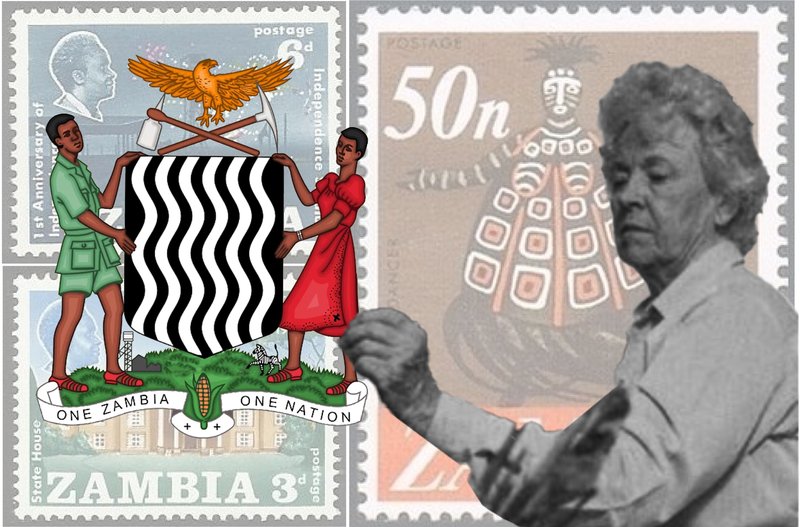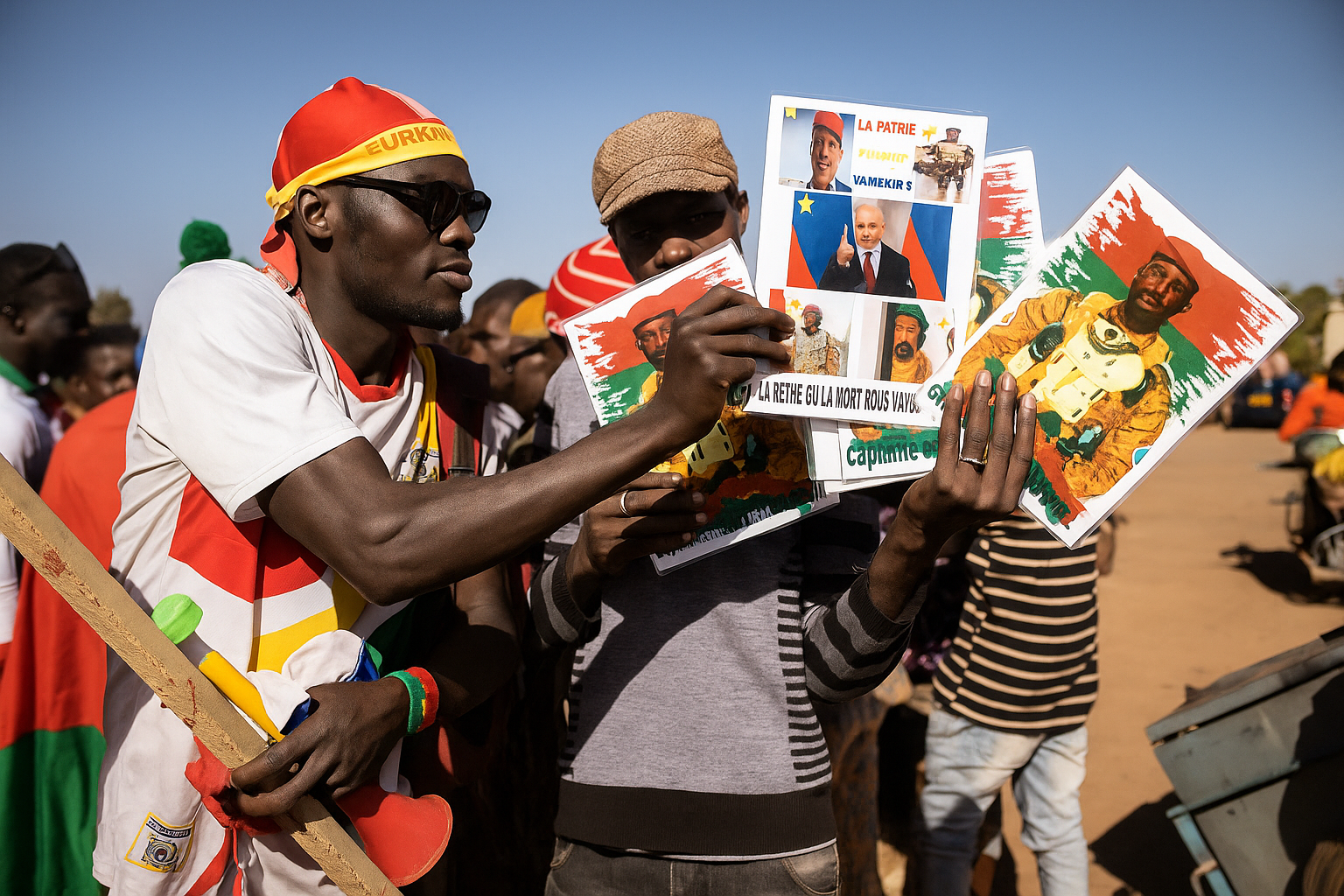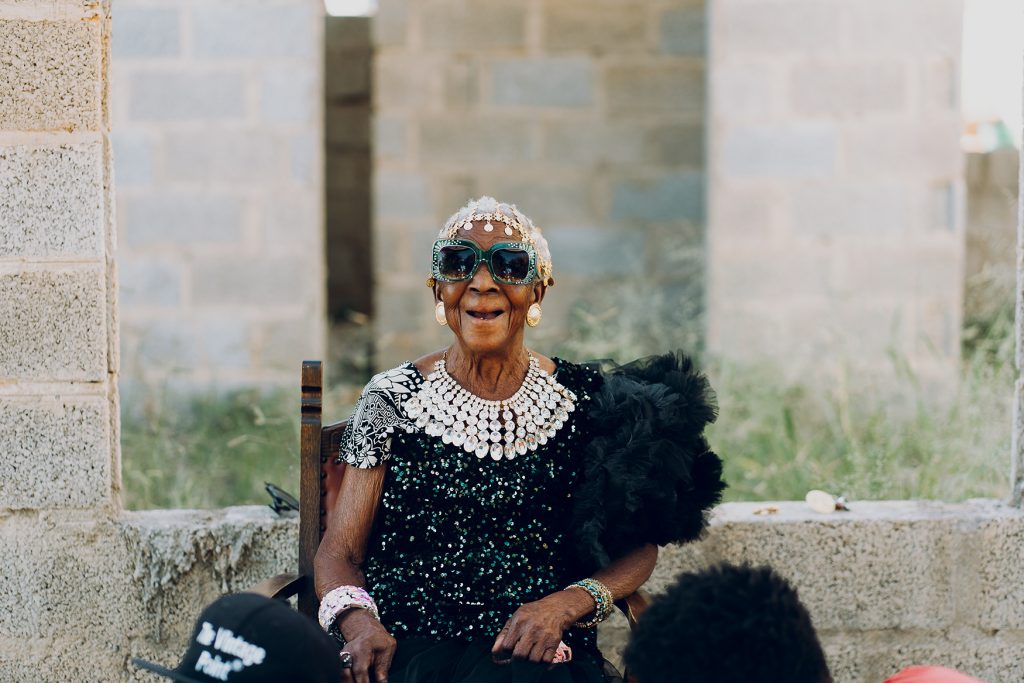As Zambia celebrates its independence, it's only fitting to reflect on one of the country’s most influential figures in shaping its identity—Gabriel Ellison. Best known for designing Zambia’s national flag, coat of arms, and iconic postage stamps, Ellison’s work has left a lasting mark on Zambia’s cultural heritage. Her quiet dedication to her craft and her nation made her an unsung hero of the arts, but her legacy remains visible everywhere.
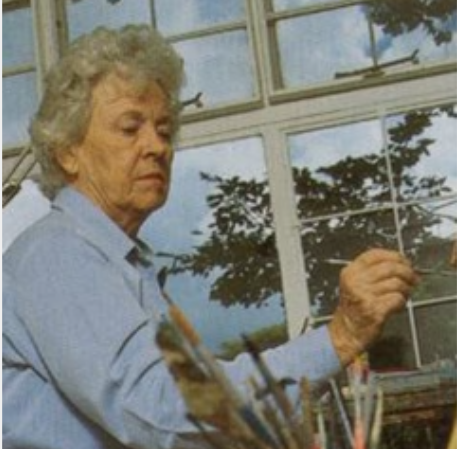
Shaping Zambia’s Identity Through Art
Born Gabriel Ryan in Lusaka in 1930, Ellison lived at the intersection of art and history. Her parents came to Northern Rhodesia from Mexico and joined the provincial administration in Northern Rhodesia. Though she received part of her education in Northern and Southern Rhodesia, formal art studies were limited, which led her to pursue private art education in Britain. After marrying Tony Ellison, a colonial police officer, she returned to Zambia, where she channeled her artistic talents into building the nation’s identity.
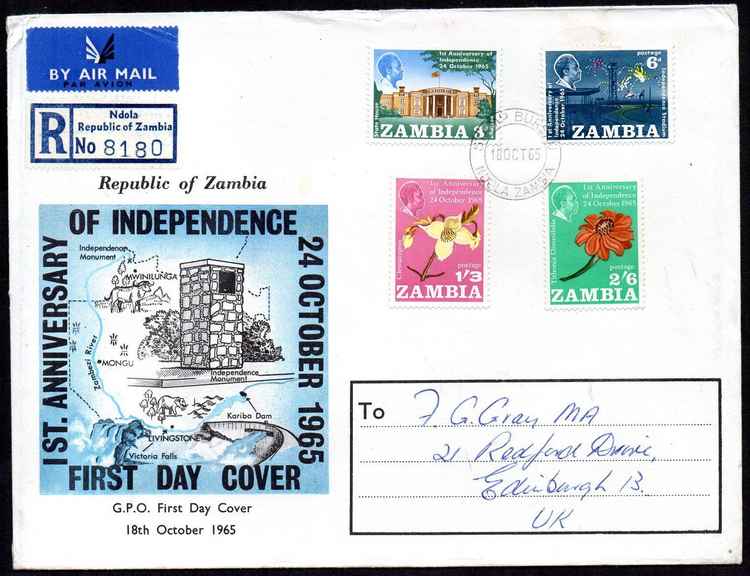
Designing National Symbols
Ellison’s career in the Ministry of Information began before Zambia’s independence, but her most recognised work came after the country’s freedom in 1964. As head of the Graphic Arts section, she was entrusted with designing the national flag. The green, red, black, and orange colors she chose, accompanied by the mighty eagle, would come to symbolise Zambia’s independence and aspirations. Ellison also designed the national coat of arms and various insignia for the banking and railway sectors, leaving a tangible mark on the country’s public symbols.
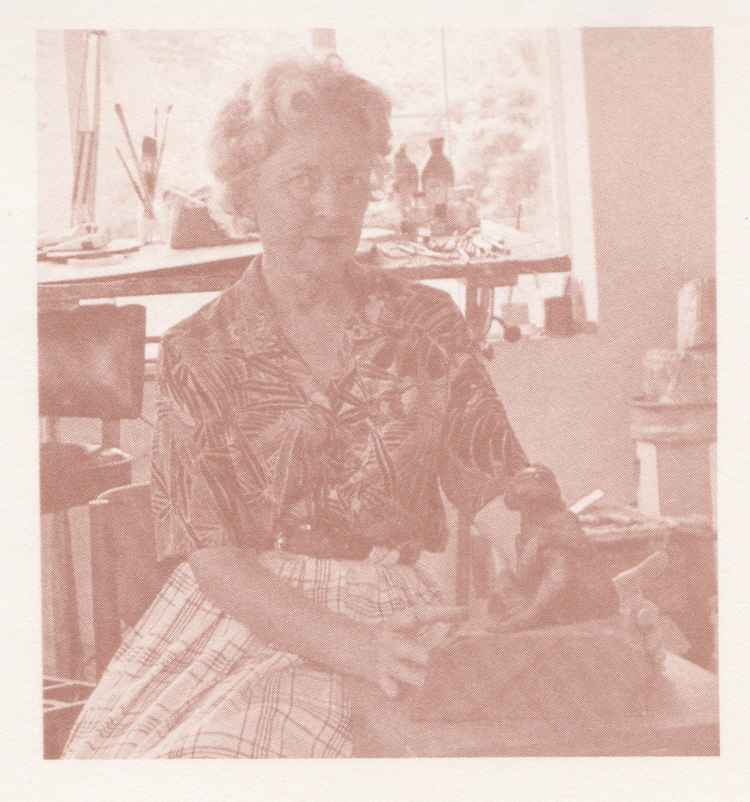
In addition to her work on the flag and coat of arms, Ellison designed Zambia’s parliamentary mace—a symbol of authority in the National Assembly. The rod, crafted from ivory, copper, and amethyst, embodies the strength and traditions of the Zambian Parliament. Beyond national emblems, her murals adorned prominent locations, including Barclays Bank on Cairo Road and the Kenneth Kaunda International Airport, enriching public spaces with her artistic touch.
Influence on Zambian Postage Stamps and Literature
Ellison’s contributions to Zambia’s postal service were equally profound. From the 1960s through the 1980s, she designed more than 480 stamps, each capturing Zambia’s wildlife, culture, and historical events. Her bird illustrations, often based on specimens from the Livingstone Museum, became a signature element of her work. Her stamp designs also reflected Zambia’s economic realities, with the use of copper in some designs symbolising the nation’s reliance on this mineral.
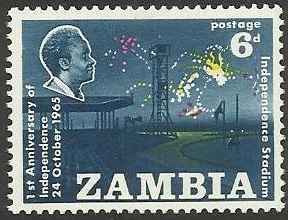
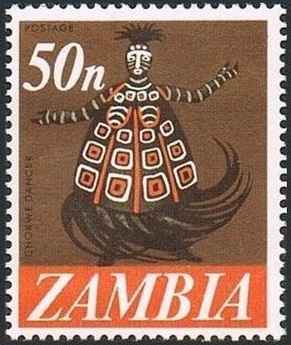
Ellison's talent extended beyond visual arts. She authored several books, including children’s stories published by Macmillan and Bookworld Publishers. Her works, which also aired on the BBC World Service, ranged from novels like Changing Fortunes—a tale of a young woman navigating life between rural and urban Zambia—to non-fiction books like They Came to Build, chronicling the construction of the Anderson and Anderson company and Art in Zambia. Her contributions to the Wildlife Society's publications also showcased her dedication to environmental conservation.
Honours and International Recognition
Despite her many achievements, Ellison remained a private person, living a reclusive life. Yet, her art spoke volumes, earning her honors from both the British and Zambian governments. She was awarded the Member of the British Empire (MBE) by the British government and recognised by the Zambian government with the Grand Officer of Distinguished Service for her contributions to graphic art and national heritage.
From 1960 to 1972, Ellison headed the Visual Art and Exhibitions Section, traveling globally with exhibitions officer Ron Found and assistant Damien Kachidza. Their efforts earned international acclaim, including two gold medals at trade fairs in Leipzig, highlighting Zambia’s artistic potential on the world stage.
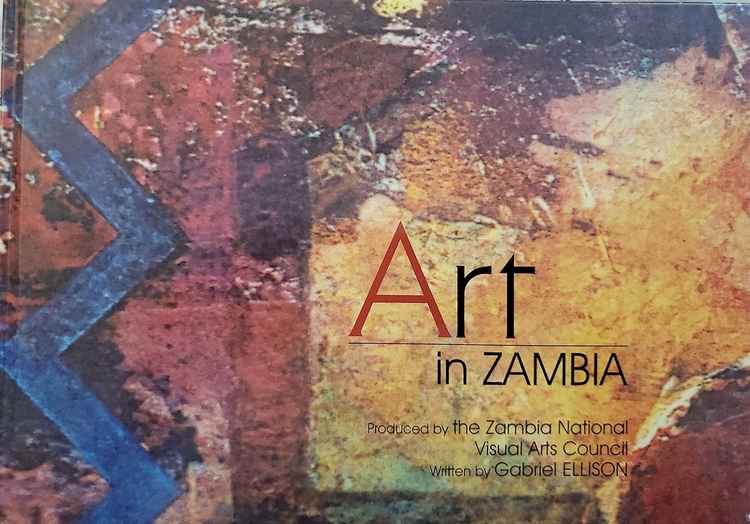
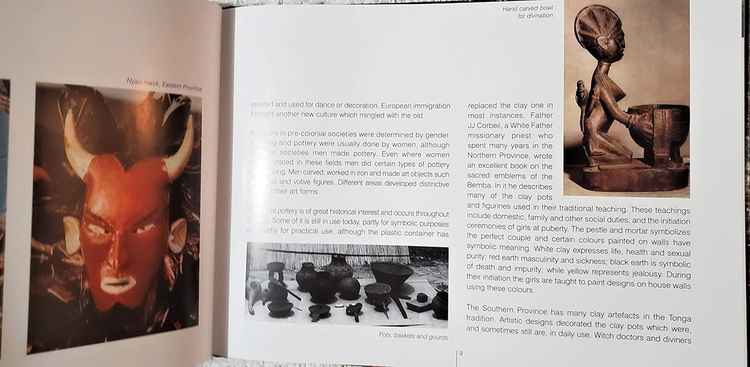
Ellison’s work exemplified her dedication to her work. She gave a painting as a wedding gift to Prince Charles and Princess Diana, and another of her landscapes was presented to Queen Elizabeth II. Throughout her career, she remained committed to capturing Zambia’s essence—whether through postage stamps, murals, or books—preserving its stories for future generations.
Legacy
On July 18, 2017, Gabriel Ellison passed away in Johannesburg at the age of 87. Her passing was mourned not only by Zambia but across the African continent and beyond. In a tribute, she was described her as “a true nationalist and patriotic daughter of the soil.”
Ellison’s artistic contributions continue to shape Zambia’s visual identity. Every time the Zambian flag waves in the wind or a postage stamp reaches a distant destination, Gabriel Ellison’s legacy lives on. She may have lived a quiet life, but her work tells a powerful story—one of art, identity, and devotion.
